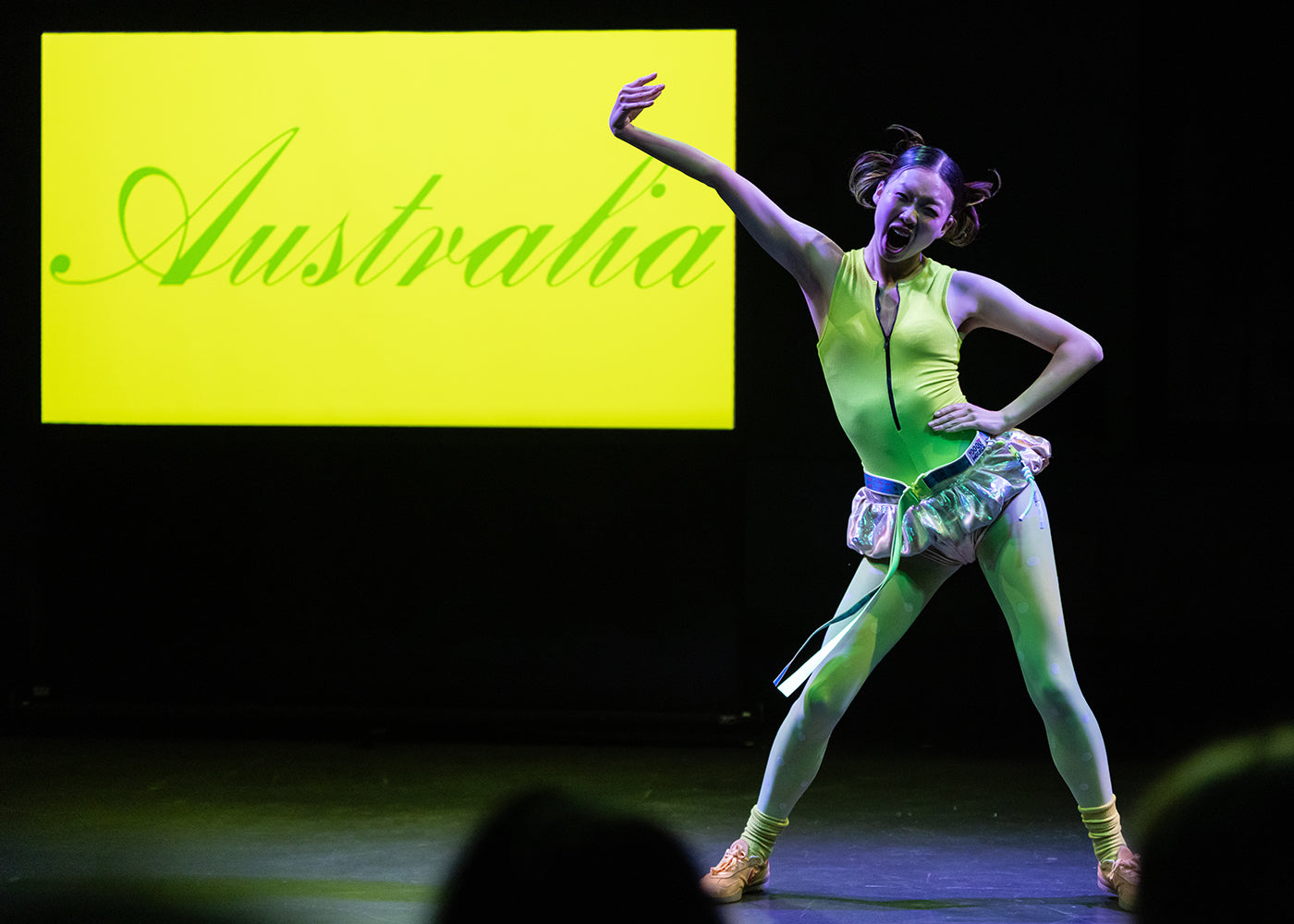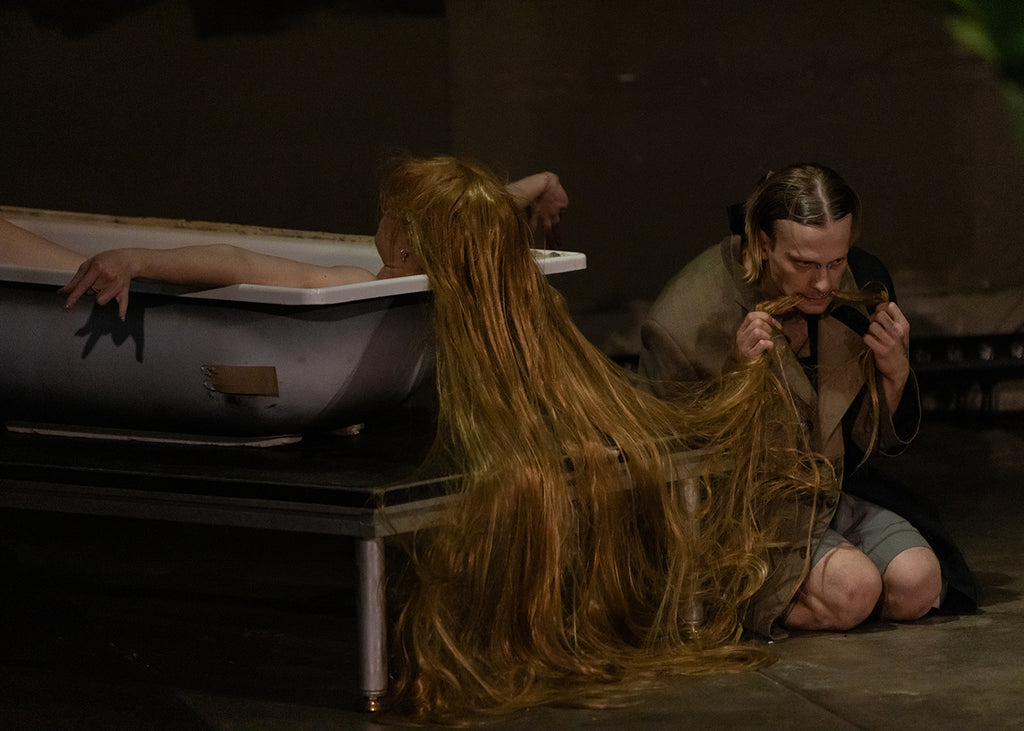The Music Within
Cleveland native Dianne McIntrye received a hometown hero's welcome during her curtain speech prior to her eponymous dance group thrilling the audience in her latest work, “In the Same Tongue.”
Continue Reading
World-class review of ballet and dance.
Time to step on the moving staircase once more—“Escalator,” an evening showcasing new choreographic work curated by the Stephanie Lake Company, in association with the Abbotsford Convent, is back. Having debuted in 2023, it is time for a new group to appear on the circulating belt. Appearing in the 2025 rotation are new works by Alice Dixon, Marni Green, Robert Alejandro Tinning, Thomas Woodman, and Carmen Yih. With them they bring the promise of a burrow, solidarity, risk, reconfiguration, and a reference to Sarah Polley’s 2011 film, Take This Waltz, which, like all things, when shown in a different context, the invitation to interpret and spin it your own way, multiplies the possibilities: “You seem restless, in a kind of permanent way.” Indeed, a wonderful, often playful, restless impermanence seems to permeate the whole escalation, as images malfunction and limbs fold into unforgiving surfaces.
Performance
Place
Words


Cleveland native Dianne McIntrye received a hometown hero's welcome during her curtain speech prior to her eponymous dance group thrilling the audience in her latest work, “In the Same Tongue.”
Continue ReadingA man, much to his wife’s chagrin, has a nasty little habit: at night, he turns into a bat and flies out of their marital bed to partake in all kinds of infidelities.
Continue ReadingThe Japan Society continued its Yukio Mishima Centennial Series with a newly commissioned dance work titled “The Seven Bridges (Hashi-zukushi)” based on Yukio Mishima’s short story by that name originally published in 1956.
Continue ReadingLondon is a changed city this week. The cold front has come, and daylight hours have plummeted. The city is rammed with tourists, buskers, and shoppers.
Continue Reading
comments